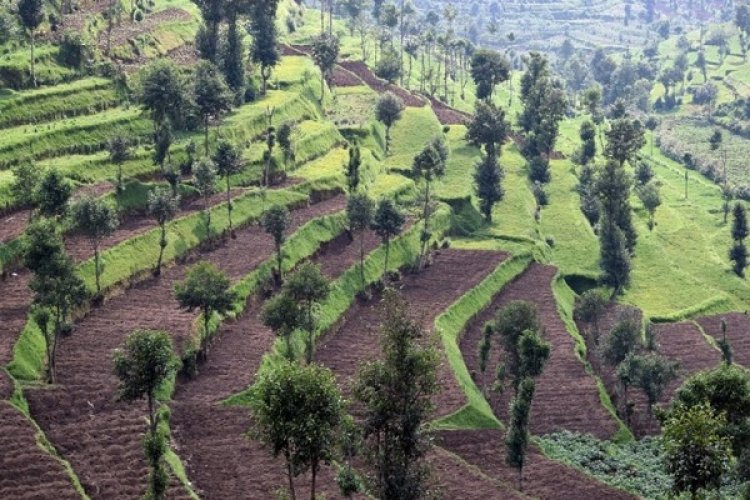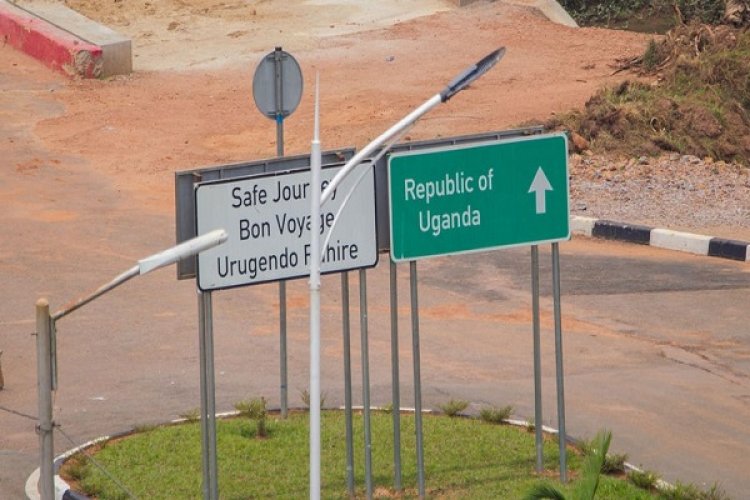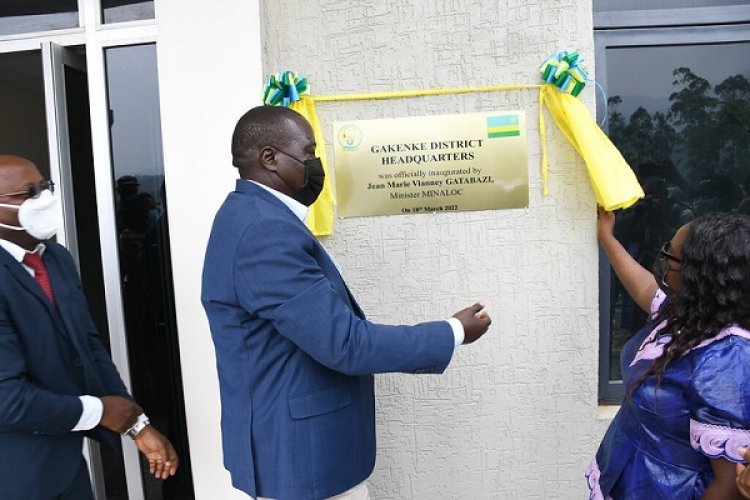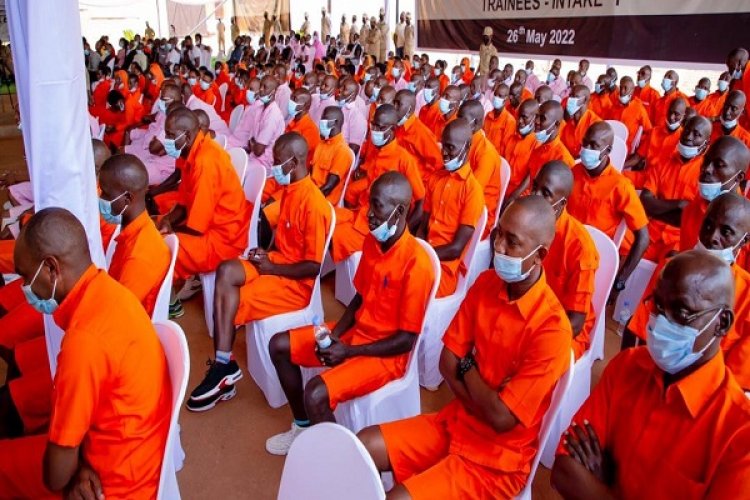The recently released Comprehensive Food Security and Vulnerability Analysis (CFSVA), which is conducted every three years by Rwanda’s statistics body and partners, has yet again laid bare the worrying trend where majority of the farmers are increasingly unable to produce own food.
Published a week ago, the report provides monitoring information for food security and nutrition situation of households, and its data show half of the people involved in the agricultural sector exclusively practice agriculture for subsistence, and a big portion of their food needs are sourced from the market.
With Rwanda ranking in top 10 countries with the highest food price inflation globally (according to the latest World Bank assessment), it has resulted in worrying levels of food insecurity and one of the highest stunting rates that the country continues to grapple with despite reported growth in agricultural production over the last decade.
Also read: Coffee bars on the rise but where are the next coffee trees?
Some 20.6 per cent of the population in Rwanda is food insecure, while national stunting rates stood at 32.4 per cent in 2021 having slightly reduced from 34.9 per cent in 2018, according to the report.
Comparison
A comparison with the 2018 data show that food security deteriorated exceedingly in Karongi (-14.7 per cent), Ngororero (-13.8 per cent), Burera (-13.4 per cent), Nyamasheke (-12 percent) and Gatsibo district (-15.8 per cent).
With population inching closer to 13 million and high fertility rates (above four children per woman), in addition to factors like inheritance and urbanization, many Rwandan families are left with too tiny or without land space to do farming, hence can barely produce enough to eat.
This is partly because there are prevailing limitations around food access that are linked to the fact that farming is almost exclusively rainfed across the country with only 9.2 per cent of households using some form of irrigation, according to the report data.
Besides, 84 percent of Rwanda’s agriculturalists own less than 0.5 ha — 27 per cent of the households cultivate less than 0.1 hectares, while 57 percent of households cultivate less than 0.5 hectares.
This explains why most households (two thirds) in Rwanda have a high reliance on markets for acquiring food, thus are more vulnerable to rising food prices which have diminish their purchasing power.
The above constitutes the main driver of food insecurity and malnutrition, states the report.
Growing concern
The total land area of Rwanda is estimated at 2.467 million hectares, for which about 58 per cent is used for agriculture.
However, with population inching closer to 13 million and high fertility rates (above four children per woman), in addition to factors like inheritance and urbanization, many Rwandan families are left with too tiny or without land space to do farming, hence can barely produce enough to eat.
Farmers who spoke to this writer expressed concerns that the rate at which people have been losing productive land, or are left with marginal land parcel to grow own food is a cause of great concern.
Saverina Barekeriyo, 63, and Faustin Nzariturande, 64, residents of Muhoza Sector, Kabeza Cell in Musanze District attest to this phenomenon.
As they narrated a few months ago, after subdividing their 1hectare land parcels among their seven children and losing another chunk to public infrastructure in the fast urbanizing secondary city, there was nothing left to qualify the duo as farmers.
None of their children qualifies as a farmer either because all they got in inheritance were acre-size plot to put up the house. They have joined the emerging class of the landless farmers.
“We are farmers but with no single land parcel to practise farming. All that is remaining is this plot where we have a house. Our children are in the same situation too,” Barekeriyo said.
Also read: Food costs rise as drought, botched irrigation schemes induce supply deficits
Things are no different for Emmanuel Niyitegeka, 65, from Mukore Cell, Kageyo Sector of Western Ngororero District.
After subdividing his 2 ha land among five children five years ago, he was forced to move to Northern Burera District with fertile volcanic land in hope to buy or lease some land to carry on farming activities.
He says that migration is the way out for many households that are sliding into landlessness.
They move to towns or distant places where they are either employed as casual workers or find ample land to lease and carry on crop or livestock production.
“It could get worse going forward because by the time the current generation of landowners inherit to the next generation, Rwanda could be full of landless households who must find other sources of livelihoods,” Observed Niyitegeka.
Restrictions
Amid both fragmentation and shrinking of arable land, authorities have been encouraging consolidation of the tiny farmland parcels in the rural areas, vicinities of fast expanding cities and urban centres as a strategy to boost crop production to meet growing food demand.
The land consolidation program prioritises cultivation of a few selected staples.
For many families, the restrictions under the initiative made it difficult for them to survive as their tiny land are the only source of everything they need in terms of food.
The latest data show that 69 per cent of households in Rwanda own farmland, and around 71 per cent of the cultivated area is a mixed cropping system.
At one time, land use policies also prohibited subdivision of smaller agriculture land parcels in a bid to preserve land for farming.
This, however, ignited disputes with landowners claiming failure to exercise rights over their property.










